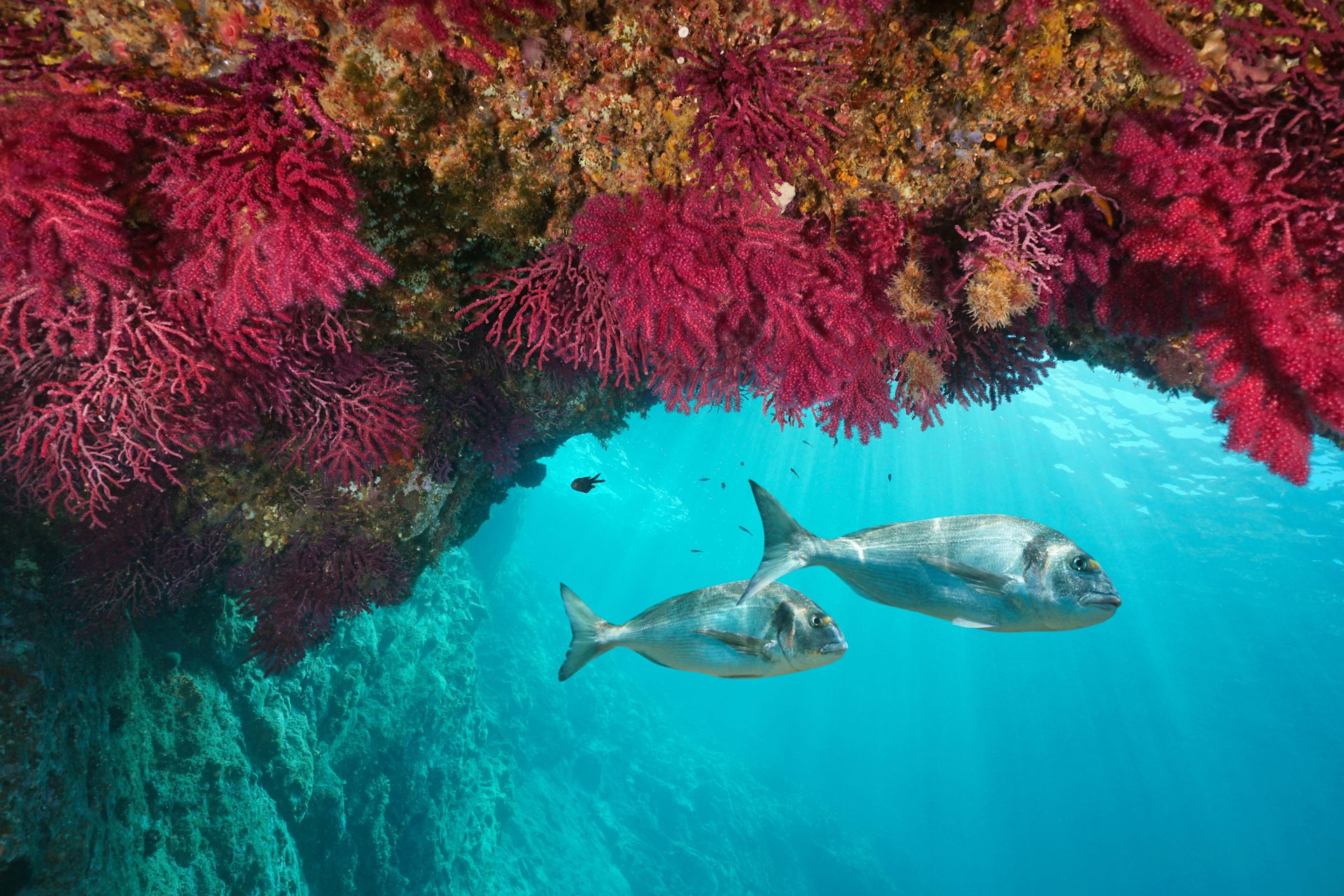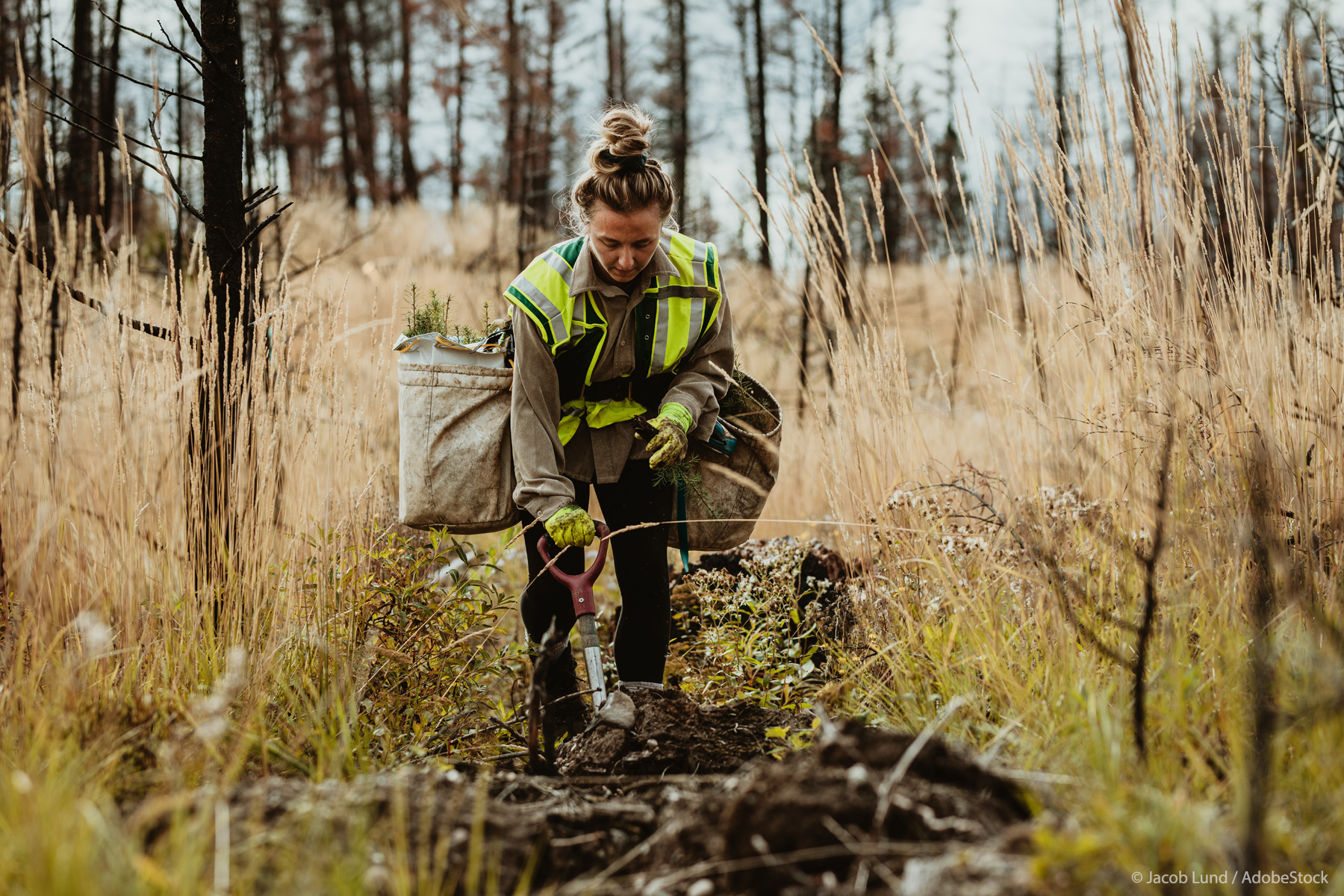This law was the first to provide not only for conservation, but also for the restoration of nature. The European Commission has announced the European Union's goals for restoring natural ecosystems by 2050. The notice appeared on the European Commission's website, setting out specific requirements for different types of ecosystems, including аgricultural areas, forests, and urban environments ecosystems.
Legislators have obliged each EU country to develop their own national plans for nature restoration and submit them for consideration by the European Commission. EU member states are also required to monitor and report their advancement using the pan-European biodiversity indicators.According to the new legislation titled "On Nature Restoration" , by 2030, member states must restore at least 20% of land and sea territories, by 2040 - 60%, and by 2050 - 100% of all ecosystems in need of restoration. By 2030, special attention will be paid to Natura 2000 areas. The document sets clear legally binding goals and commitments for nature restoration for all listed еcosystems, such as land-based, marine, freshwater, and urban environments.
Restoring terrestrial and marine ecosystems: new legally binding goals
The regulation encompasses diverse ecosystems: terrestrial, coastal, and freshwater; forested, agricultural, and urban areas, encompassing wetlands, grasslands, forests, rivers, lakes, and marine environments, which include seagrasses, sponges, and corals.

Regarding biotopes in poor condition, Member States undertake to achieve a minimum restoration of 30% by 2030, at least 60% by 2040 and at least 90% by 2050.
Pollinator conservation: importance and protection measures
The population and diversity of wild pollinating insects in Europe have markedly decreased in recent decades. The new legislation establishes specific measures aimed at halting the decline of pollinator populations by 2030. Member States are required to take measures to improve two of the following three indicators: the abundance of meadow butterflies, the organic carbon content of mineral soils on farmland, and the percentage of farmland with high levels of landscape diversity.

The new law aims to increase the number of forest birds and prevent the loss of green spaces in cities until the end of 2030. Member states will restore drained peatlands and promote the planting of at least By 2030, the EU aims to plant an additional 3 billion trees. European countries will also work to remove artificial barriers to ensure the free flow of rivers across a span of at least 25,000 kilometers by 2030. Until 2033, the European Commission will assess the implementation of the new law and its effects on agriculture, fisheries, and forestry, along with evaluating its broader socio-economic impacts.
Let us recall that on June 17, the majority of EU member states approved the final implementation of the law “On the restoration of nature”.

